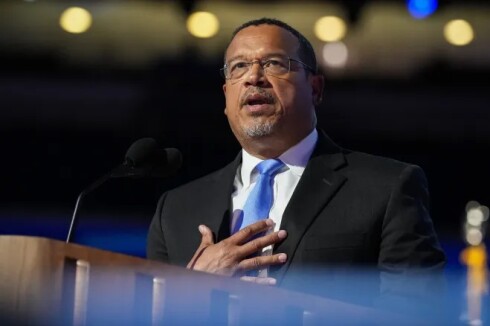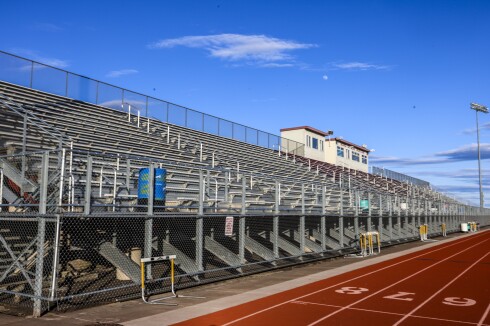ST. PAUL — Rural nursing homes are facing a crisis in Minnesota, according to a report from the Center for Rural Policy and Development.
Available beds are on the decline, with some nursing homes closing entirely, and demand for services is only expected to rise.
ADVERTISEMENT
"We have a math problem," said Kimberly Brenne with the Minnesota Department of Human Services.
The report paints a picture of a statewide issue, but the effects in rural Minnesota are more pronounced.
The demand for nursing homes is only expected to rise across the state. The report estimates demand will increase by 45% over the next 20 years.
However, rural area demand is expected to peak far sooner, and beds are in shorter supply every year.
"In 2005, we had 37,718 beds. By 2024, we've lost a third of those to 25,173, so a little over 10,000 beds have been lost across Minnesota," said Kelly Asche, a senior researcher with the Center for Rural Policy.
Researchers point to two major factors: assisted living facilities are taking a larger piece of the elder care pie, and a constant workforce shortage across the entire industry.
"We have to remember how many people over the age of 65 there are — more people that are needing care now than there are people working. And so we simply don't have the bandwidth in the workforce," said Kathy Messerli, executive director of the Minnesota Home Care Association.
ADVERTISEMENT
Northwest, southwest and north-central Minnesota are experiencing the most severe declines.
A variety of potential solutions have been proposed. Erin Huppert with LeadingAge Minnesota says there is potential red tape to cut, suggesting gutting the CMSRN (certified medical-surgical registered nurse) requirements, which set minimum staffing standards for long-term care facilities.
"It would define counties like Becker County or Otter Tail County or Norman County as urban under the rule. And I don't think anyone who lives in Minnesota would think that those three counties are actually urban," she said.
When it comes to boosting the workforce, Huppert said the state needs to make sure that people who work in eldercare can earn a decent wage. LeadingAge has proposed legislation that would have given people working in nursing homes about a $5-an-hour pay increase. So far, those efforts have failed.
"We continue to make the case that that's something that needs to be done in 2025," she said.
Only one county in Minnesota has more available nursing facility beds today than it did in 2005: Chippewa County. Minnesota's other 86 counties experienced a decline.












